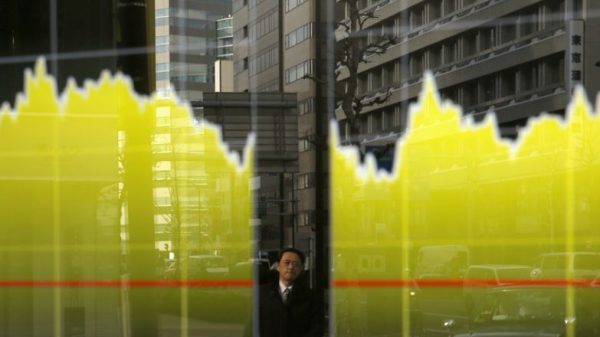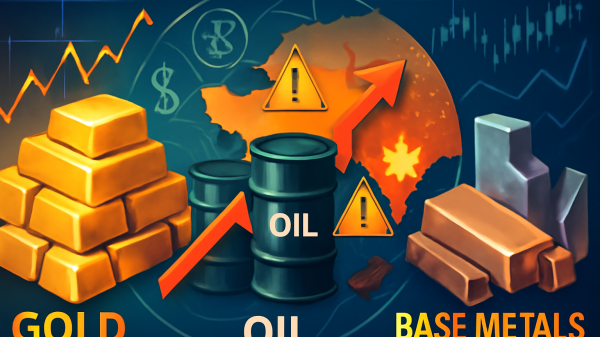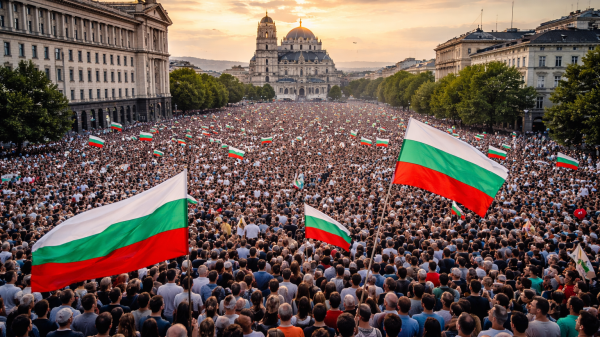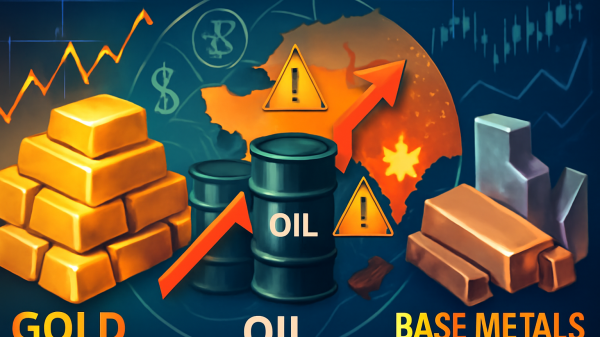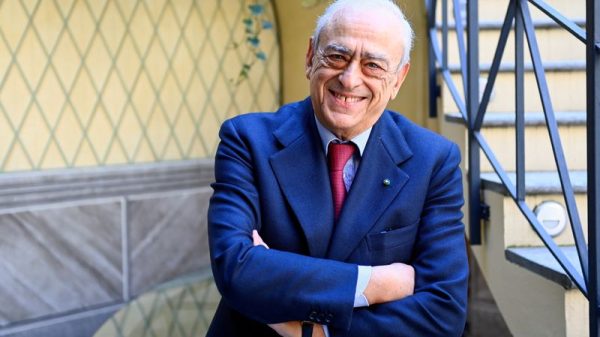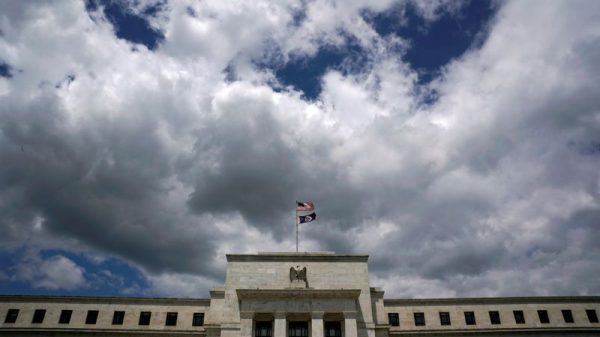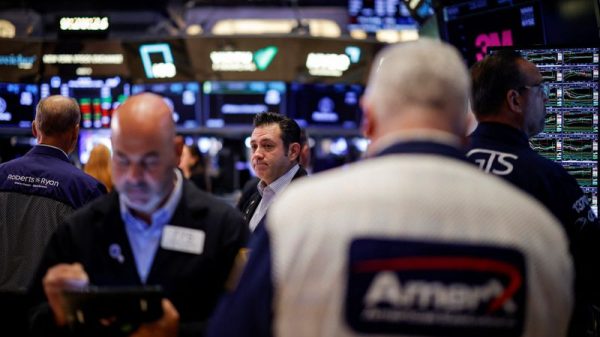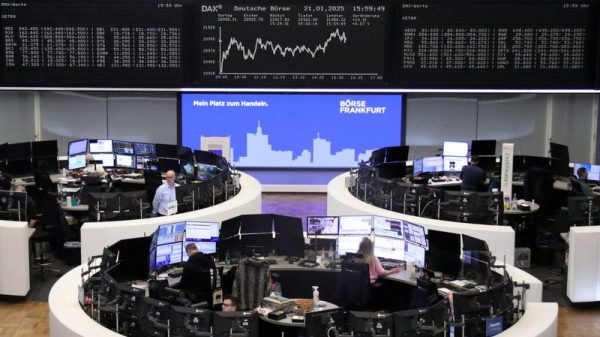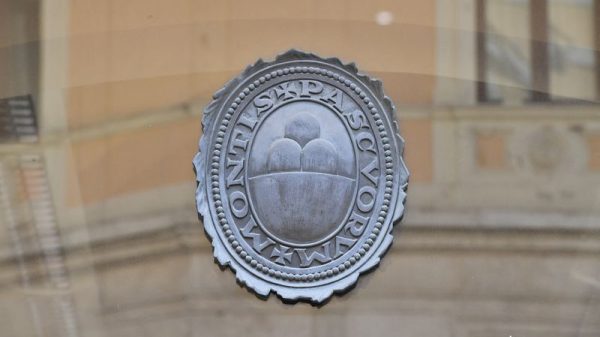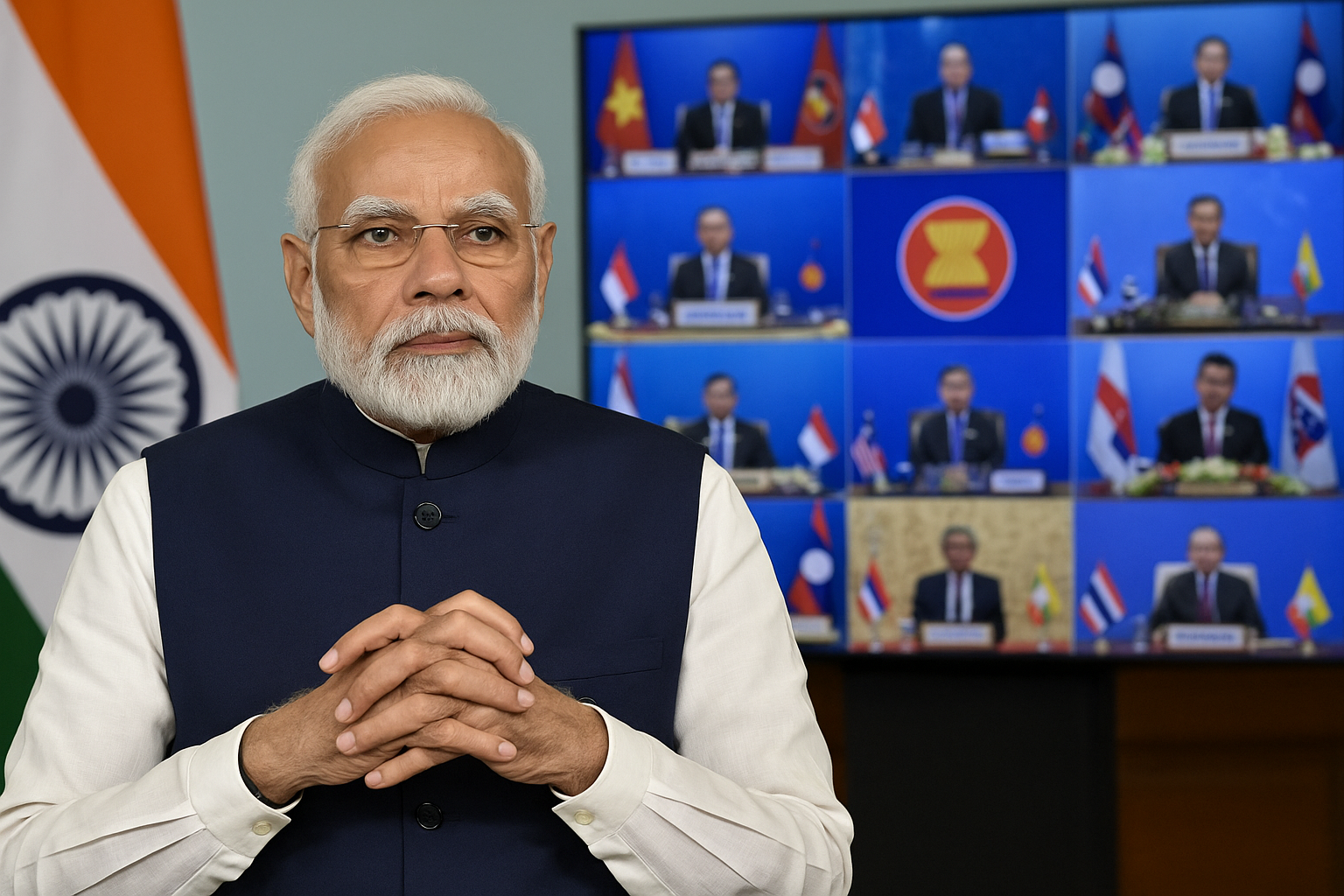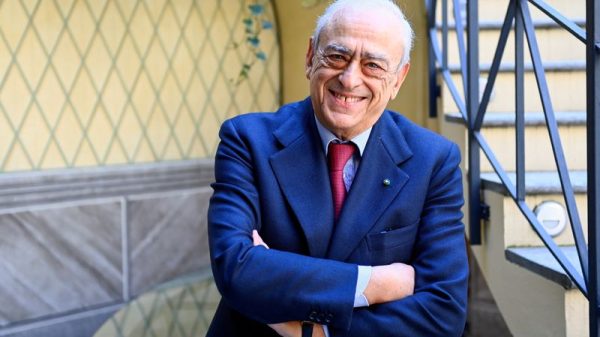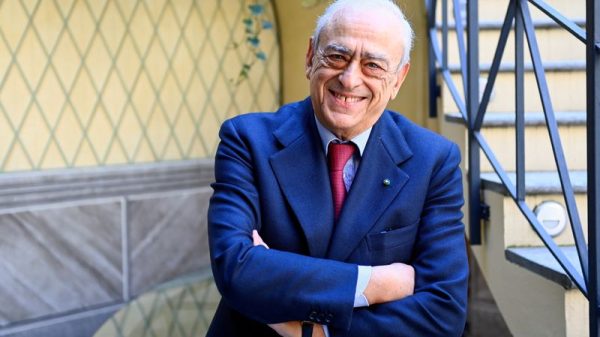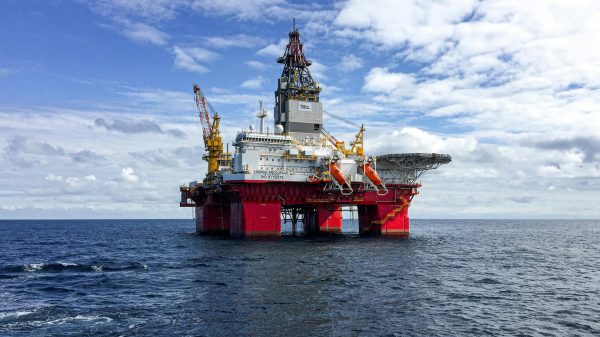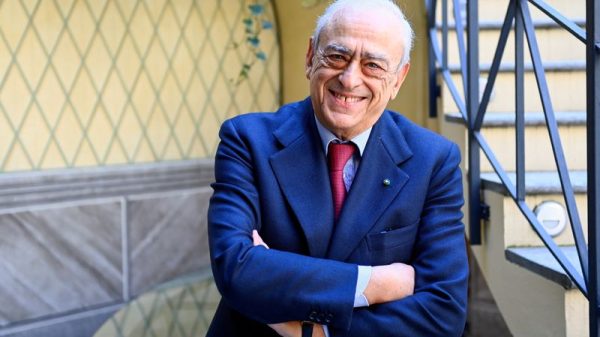India will attend the 47th Association of Southeast Asian Nations (ASEAN) Summit in Kuala Lumpur virtually, a move that underscores shifting regional diplomacy and the growing weight of trade pressures.
Prime Minister Narendra Modi informed Malaysian Prime Minister Anwar Ibrahim of his decision to join online as the Diwali festivities continue in India.
While this may appear as a scheduling choice, it comes at a crucial moment when New Delhi’s relations with the United States face friction over tariffs and energy imports from Russia.
Diwali celebrations coincide with high-stakes diplomacy
Malaysia’s Prime Minister Anwar Ibrahim confirmed via Facebook that Modi would participate in the summit remotely. He said Modi’s decision was linked to the ongoing Diwali celebrations. In his Facebook post, he also extended festive greetings to India.
Modi acknowledged the conversation on X, stating he looked forward to the discussions.
Had a warm conversation with my dear friend, Prime Minister Anwar Ibrahim of Malaysia. Congratulated him on Malaysia’s ASEAN Chairmanship and conveyed best wishes for the success of upcoming Summits. Look forward to joining the ASEAN-India Summit virtually, and to further
2.1K
Reply
Copy link
The 47th ASEAN Summit in Kuala Lumpur, taking place from 26 to 28 October, brings together the ten ASEAN member states along with key partners, including the United States, China, Japan, and India.
Modi’s virtual presence, however, rules out any chance of a face-to-face meeting with US President Donald Trump, who is also expected to attend.
Trade tensions loom over India-US ties
India’s decision comes amid heightened economic tensions with the US.
Washington has imposed tariffs of up to 50% on Indian exports, citing concerns over New Delhi’s continued purchases of Russian oil.
Trump recently said he had spoken with Modi, who “assured” that India would scale down its imports from Moscow. However, the Indian government has not issued any confirmation.
The tariff measures have strained ties between the two countries, reversing several years of growing trade cooperation.
As per reports, senior executives from Indian refining companies believe that the new US restrictions on Russian oil producers would make future transactions nearly impossible.
These developments have forced India to weigh the economic benefits of maintaining Russian oil imports against the risk of escalating trade barriers with the US.
Behind the scenes, officials from both countries are negotiating a potential trade deal aimed at easing tariffs and restoring normal trade conditions.
Bloomberg reported that discussions were progressing well, with no major differences between the two sides. Still, Modi’s virtual attendance suggests that any final announcements may be postponed until after the summit.
Regional diplomacy enters a delicate phase
India’s virtual participation also reshapes its engagement with ASEAN. Traditionally, India has prioritised in-person diplomacy at such gatherings to strengthen its strategic and economic partnerships across Southeast Asia.
By choosing an online presence this time, India signals a more calibrated approach, possibly avoiding the optics of direct confrontation over contentious trade and energy issues.
Malaysia, meanwhile, reaffirmed its commitment to deepening cooperation with India in trade, education, technology, and security.
The two countries have shared long-standing ties through the ASEAN-India framework, which focuses on regional integration and connectivity.
Indian media reports suggest External Affairs Minister Subrahmanyam Jaishankar could represent India in person at the summit, ensuring New Delhi maintains its visibility in regional dialogues despite Modi’s physical absence.
What lies ahead for India’s trade and energy agenda
India’s participation in the summit—albeit virtual—keeps it engaged in discussions that influence regional stability, energy flows, and global trade policy.
However, the absence of a one-on-one dialogue between Modi and Trump means that significant breakthroughs in trade negotiations may be delayed.
With Washington tightening sanctions on Russian oil and urging allies to reduce imports, India’s balancing act between economic pragmatism and diplomatic alignment continues.
The next phase of India-US negotiations could determine how New Delhi manages both its energy security and access to Western markets.
As the summit unfolds, India’s choice of virtual diplomacy stands as a reflection of the complex intersection between domestic priorities, global trade tensions, and evolving alliances in the Indo-Pacific region.
The post India’s PM Modi to join ASEAN summit virtually as trade, energy strains persist appeared first on Invezz

